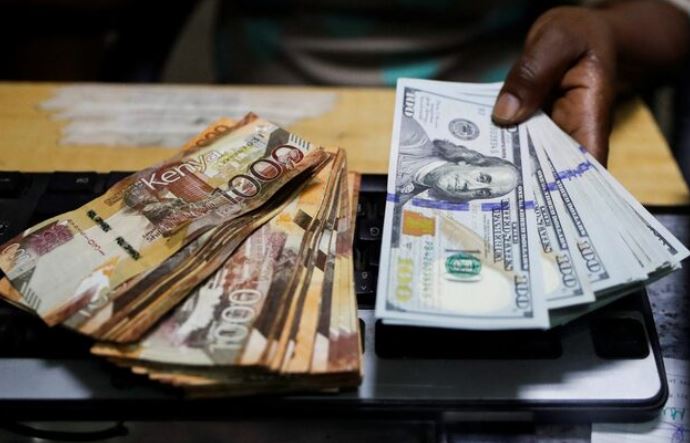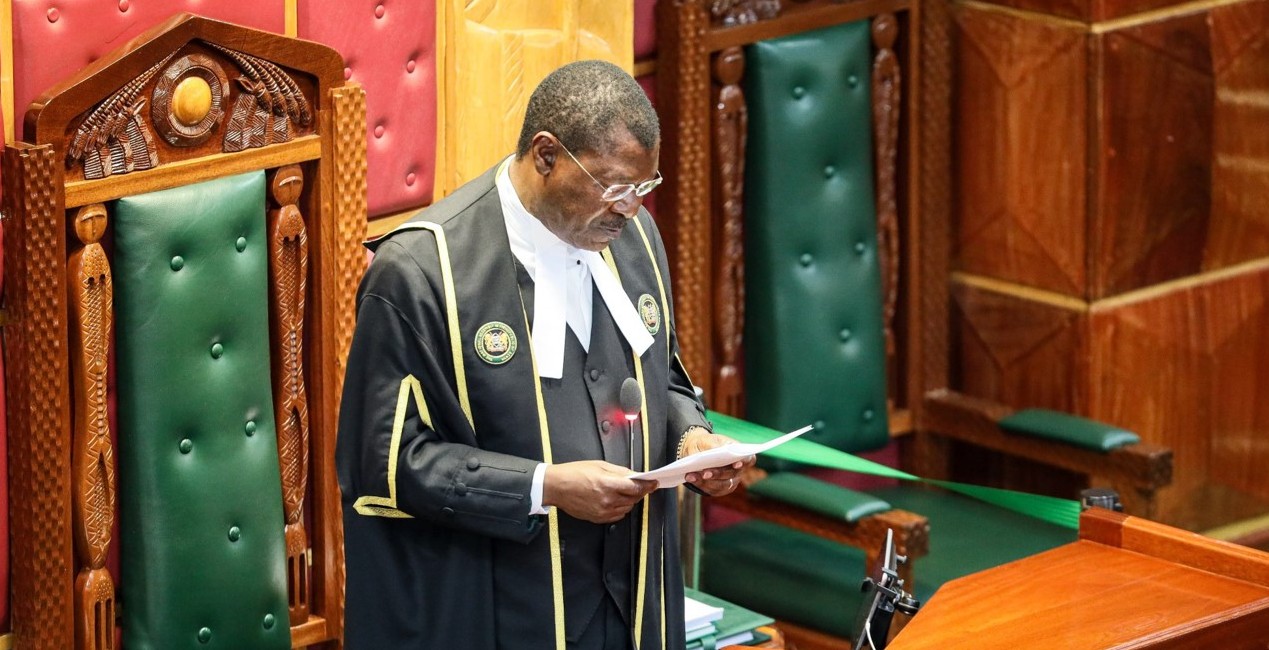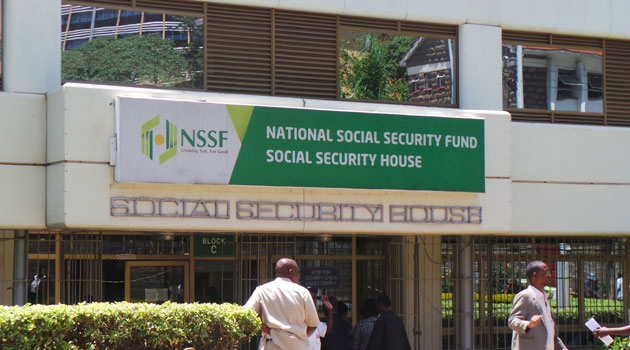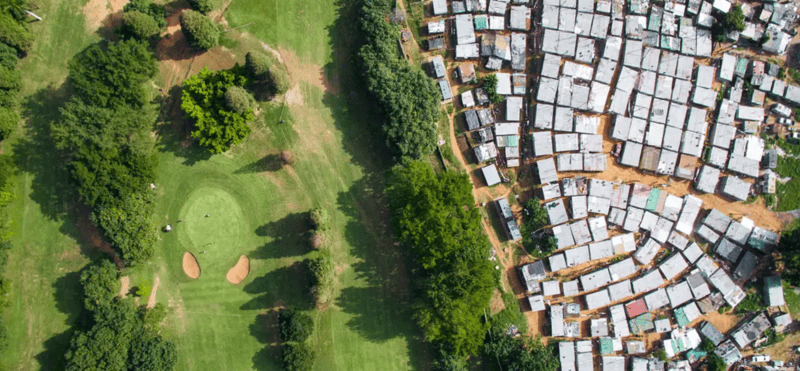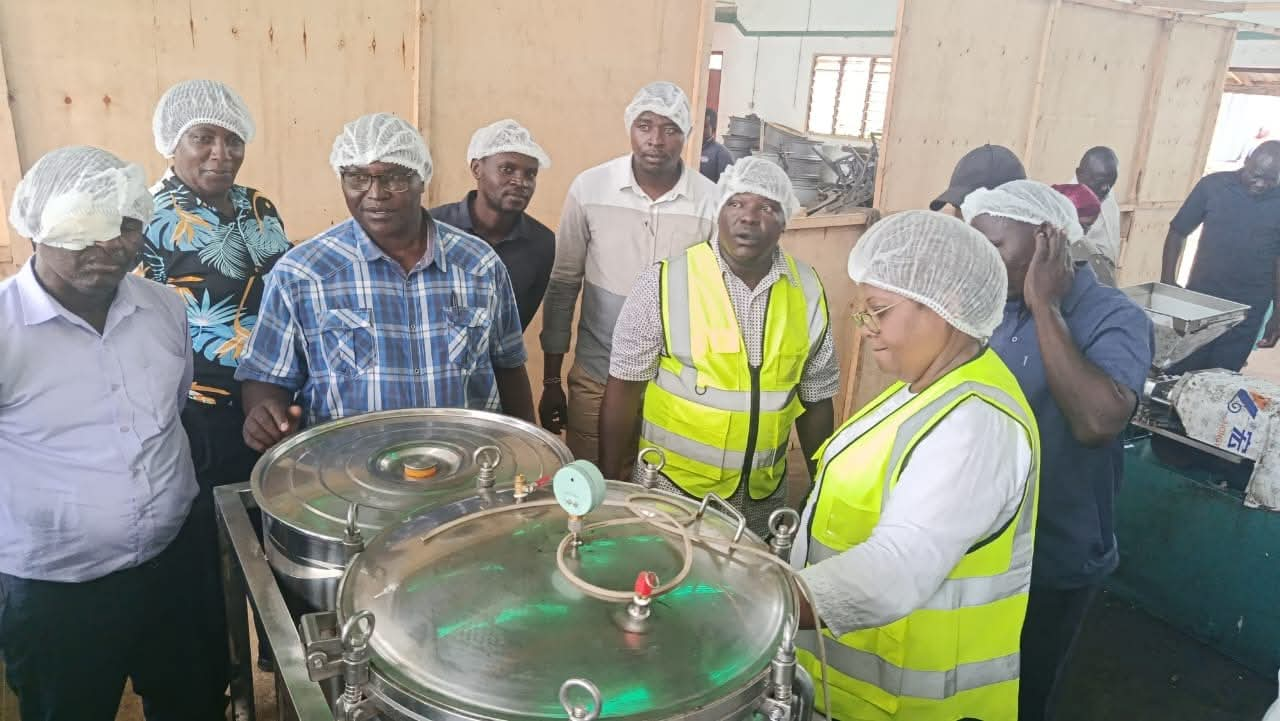Inflation holds steady at 3.8 per cent in June despite price pressures

Latest data from the Kenya National Bureau of Statistics (KNBS) shows that while prices in key sectors such as food, housing, and transport rose, their combined effect did not push the headline inflation higher.
Kenya’s overall measure of the cost of living remained unchanged at 3.8 per cent in June, holding steady from May.
This is despite noticeable increases in the cost of essential goods and services.
More To Read
- Babu Owino says Kenya Moja’s 70 MPs ready to challenge government in Parliament
- Millions of Kenyans facing financial hardship as cost of living outpaces wages – report
- Inflation rises to 4.5 per cent in August, driven by food, transport prices
- Kindiki welcomes CBK lending rate cut, says economy on recovery path
- Food prices expected to decline despite inflation rise, CBK survey reveals
- Over one billion Africans unable to afford healthy diet, UN report warns
Latest data from the Kenya National Bureau of Statistics (KNBS) shows that while prices in key sectors such as food, housing, and transport rose, their combined effect did not push the headline inflation higher.
It therefore suggests a delicate balance in the economy's pricing dynamics in the period under review.
The Food and Non-Alcoholic Beverages Index rose significantly by 1.0 per cent between May and June.
This was mainly driven by increase in prices of carrots (11.1 per cent), cabbages (10.8 per cent), sugar (5.5 per cent), maize grain loose (2.8 per cent), spinach (2.3 per cent), maize flour sifted (2.1 per cent), tomatoes (1.2 per cent), Kale- Sukuma wiki (1.0 per cent) and beef with bones (0.7 per cent).
“Conversely, prices of cooking salad (0.4 per cent), fresh unpacked cow milk (0.4 per cent) and Irish potatoes (0.2 per cent) dropped in June 2025,” KNBS said.
Transport Index also rose by 0.7 per cent during the month, as the sector showed mixed movements.
Petrol recorded the highest increase at 1.6 per cent, followed by a 1.2 per cent rise in the cost of personal vehicles and a 1.0 per cent increase in country bus fares.
“City bus and regular matatu fares both had slight upticks of 0.2 per cent.”
In contrast, the price of diesel dropped by 1.1 per cent, easing some pressure on fuel-related transport costs.
On the other hand, the Housing, Water, Electricity, Gas, and Other Fuels category showed varied movement. However, the general index declined by 0.1 per cent.
Notably, under this category, electricity costs dropped significantly, by 1.6 per cent for a 50 kWh unit and 1.5 per cent for the 200 kWh unit.
Kerosene and LPG prices also declined by 1.2 and 0.2 per cent, respectively, while prices of solid fuels rose, with firewood increasing by 2.0 per cent and charcoal by 1.0 per cent.
Construction materials presented mixed trends, with tiles rising by 0.7 per cent while cement declined by 0.2 per cent.
Monthly house rent for a single room rose marginally by 0.2 per cent.
The three aforementioned divisions account for over 57 per cent of the household's consumed commodities.
Year-on-year, the 3.8 per cent mark implies that the general price level in the country was 3.8 per cent higher in June 2025 than it was in June 2024.
“The price increase was primarily driven by a rise in prices of items in the Food and Non-Alcoholic Beverages (6.6 per cent); Transport (3.2 per cent) and Housing, Water, Electricity, Gas and other fuels (0.2 per cent) over the one year,” KNBS said.
Notably, core inflation, which measures the cost of living excluding volatile components like food and energy prices from the overall Consumer Price Index (CPI), stood at 3.0 per cent, rising from 2.8 per cent in the previous month.
On the other hand, non-core inflation, which represents the price movements of those excluded volatile items, essentially showing the impact of fluctuating food and energy costs on inflation, also rose from 6.0 per cent in May to 6.2 in the month.
Top Stories Today
